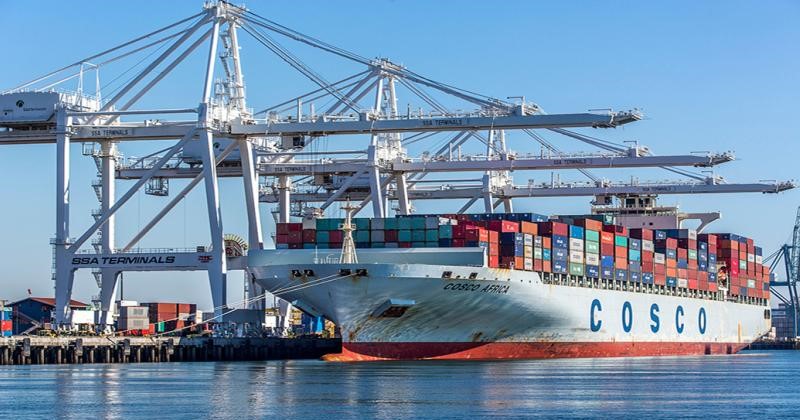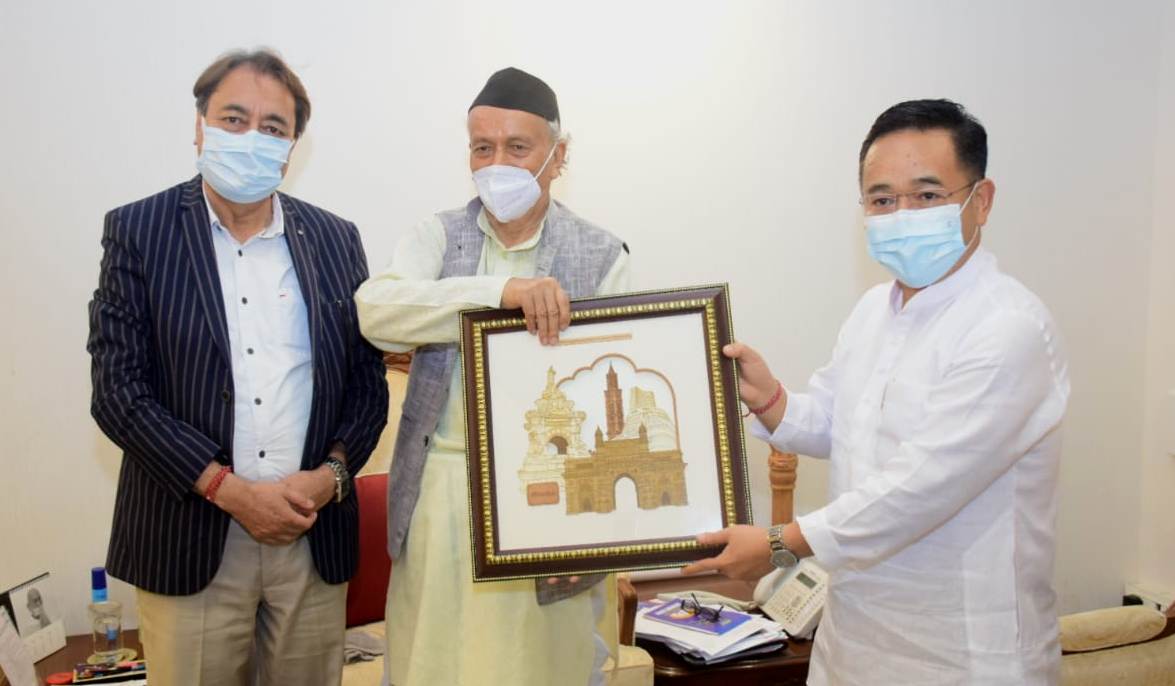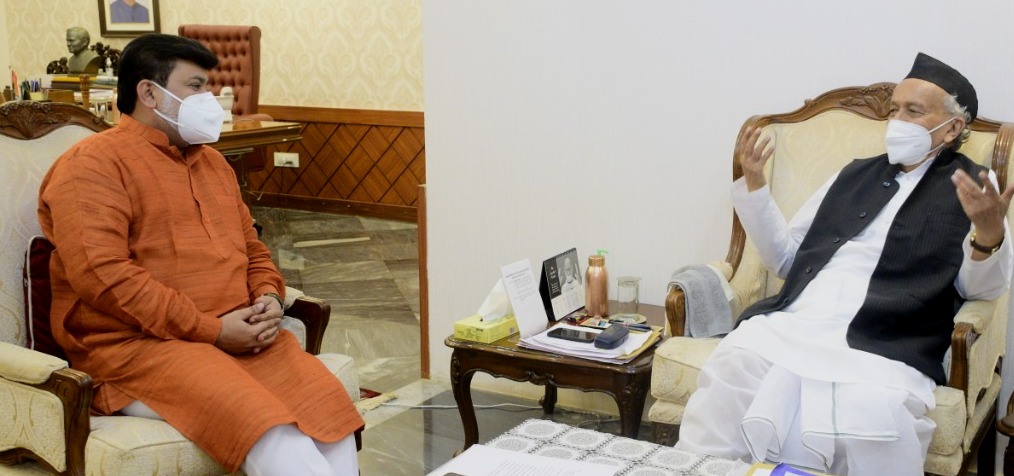By Mewati Sitaram
In a surprising turn of events, India and China have witnessed a historic high in bilateral trade, surpassing the $125 billion mark in 2022. This remarkable achievement comes amidst lingering political tensions between the two Asian giants, showcasing the resilience and robustness of their economic ties. The total trade volume experienced a notable uptick, soaring over 15% from the previous year, driven by a surge in Chinese imports of Indian minerals and chemicals, coupled with an increased export of agricultural goods.
Positive Remarks from Chinese Vice Premier:
Chinese Vice Premier Hu Chunhua has lauded the deepening economic and trade cooperation between the two nations. He emphasized the need to actively explore strengthened coordination within multilateral frameworks such as BRICS and the Shanghai Cooperation Organisation. As China navigates economic challenges, the focus on expanding trade partnerships has taken center stage.
India’s Trade Deficit and Self-Reliance Initiatives:
Despite the positive trade figures, India recorded a significant trade deficit of over $100 billion with China. This deficit stems from India’s heavy reliance on machinery, telecom equipment, and various other Chinese-manufactured goods. In response, the Modi government has initiated self-reliance measures under the ‘Atmanirbhar Bharat’ initiatives and imposed restrictions on certain non-essential Chinese imports.
Promising Trends and Opportunities:
Experts predict that China will continue to be India’s largest trading partner in the near future. Indian Commerce Secretary Sundararam highlights the encouraging trend of Indian exports to China, which surged over 40% this fiscal year. Key areas such as cotton yarn, steel, and agricultural products present significant opportunities for India to bridge the trade deficit.
Focus on Services Sector and Technological Collaboration:
Both governments are actively working to boost bilateral trade in the services sector, particularly in IT and software services. Chinese tech firms are expanding their operations in India and investing in Indian startups, reflecting a strategic move towards diversification and collaboration in high-growth sectors.
Defying Expectations Amidst Political Concerns:
While political and security concerns persist, the booming trade data defies expectations. The complementary nature of their economies and shared motivations for economic growth suggest that India and China are poised to push the boundaries of their commercial engagement despite geopolitical challenges.
Steel Sector Dynamics:
The steel sector further exemplifies the dynamic trade relationship, with shipments from China reaching 1.11 million tonnes for the April–October period, marking one of the highest figures in six years. Despite concerns over the diversion of lower-priced offerings and increased imports from China, the domestic market’s better acceptability has contributed to this surge. November’s steel imports hit an all-time high of 1.2 million tonnes, showcasing the sector’s resilience and adaptability.
Conclusion:
In conclusion, the unexpected surge in India-China bilateral trade, amidst ongoing political tensions, highlights the economic interdependence and resilience of their relationship. As both nations navigate challenges and explore new avenues for collaboration, the trade dynamics between India and China continue to shape the regional and global economic landscape. The positive trends in key sectors signal promising opportunities for mutual growth and cooperation in the foreseeable future.

Editor in Chief : Mewati SItaram











